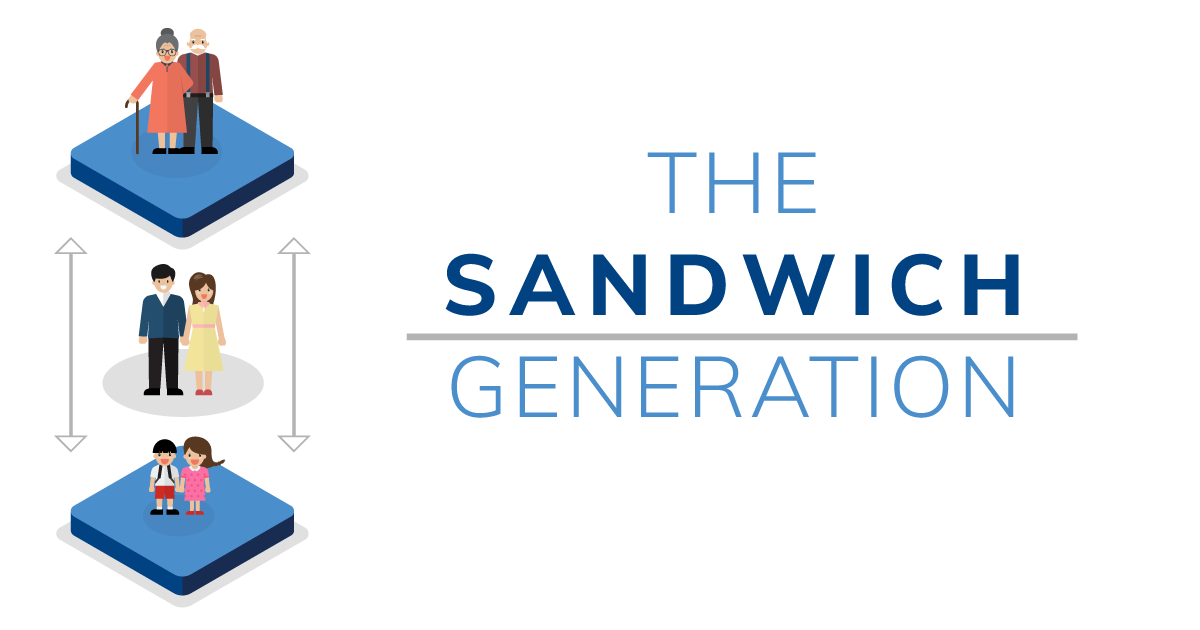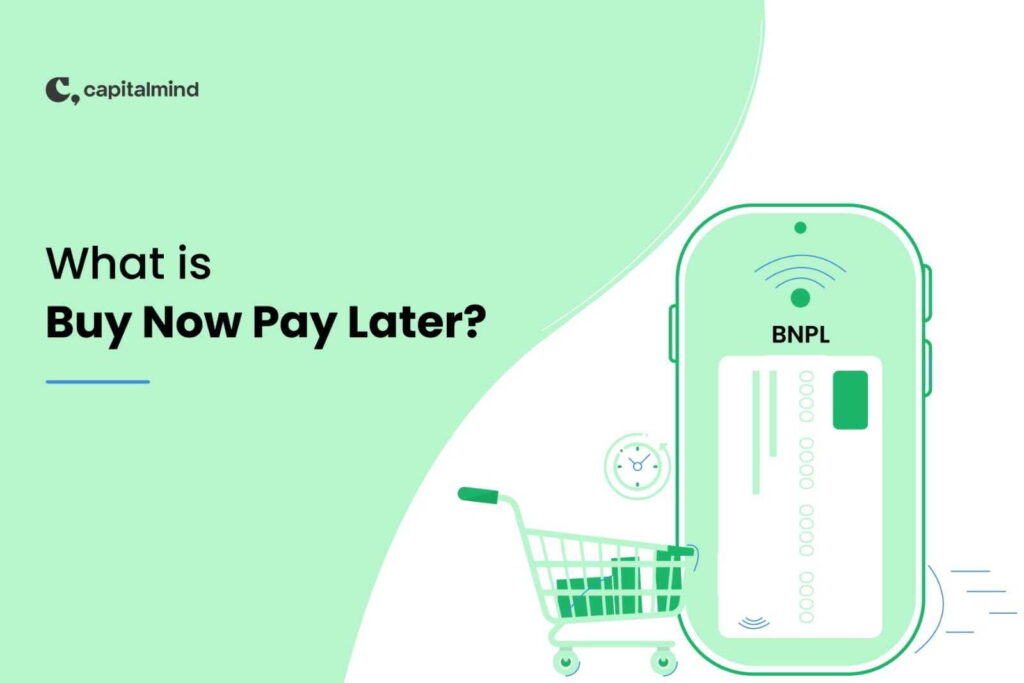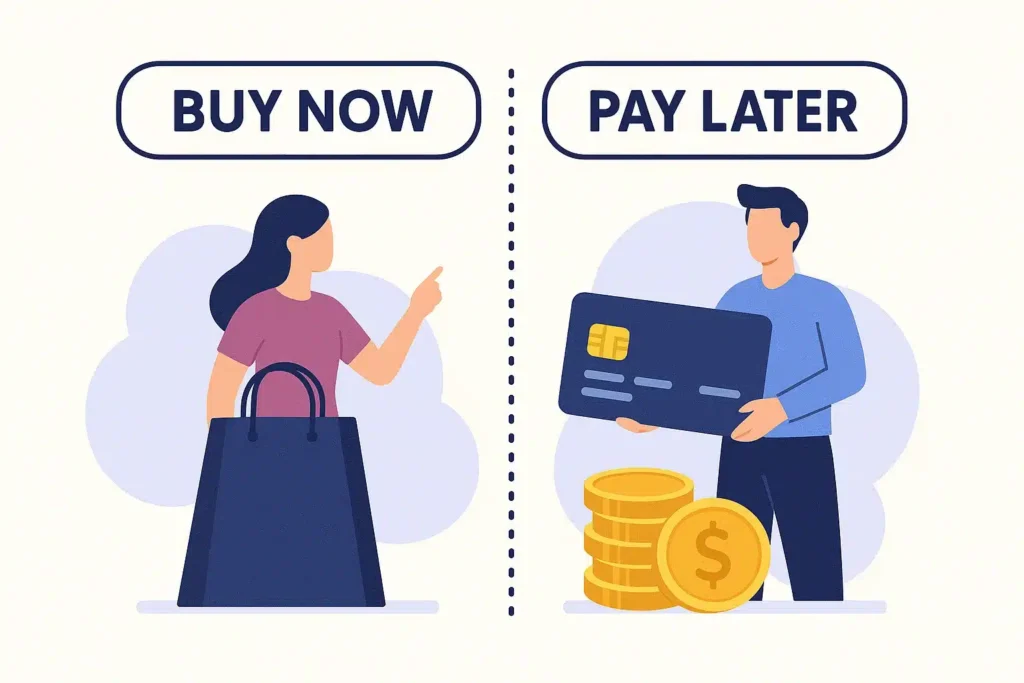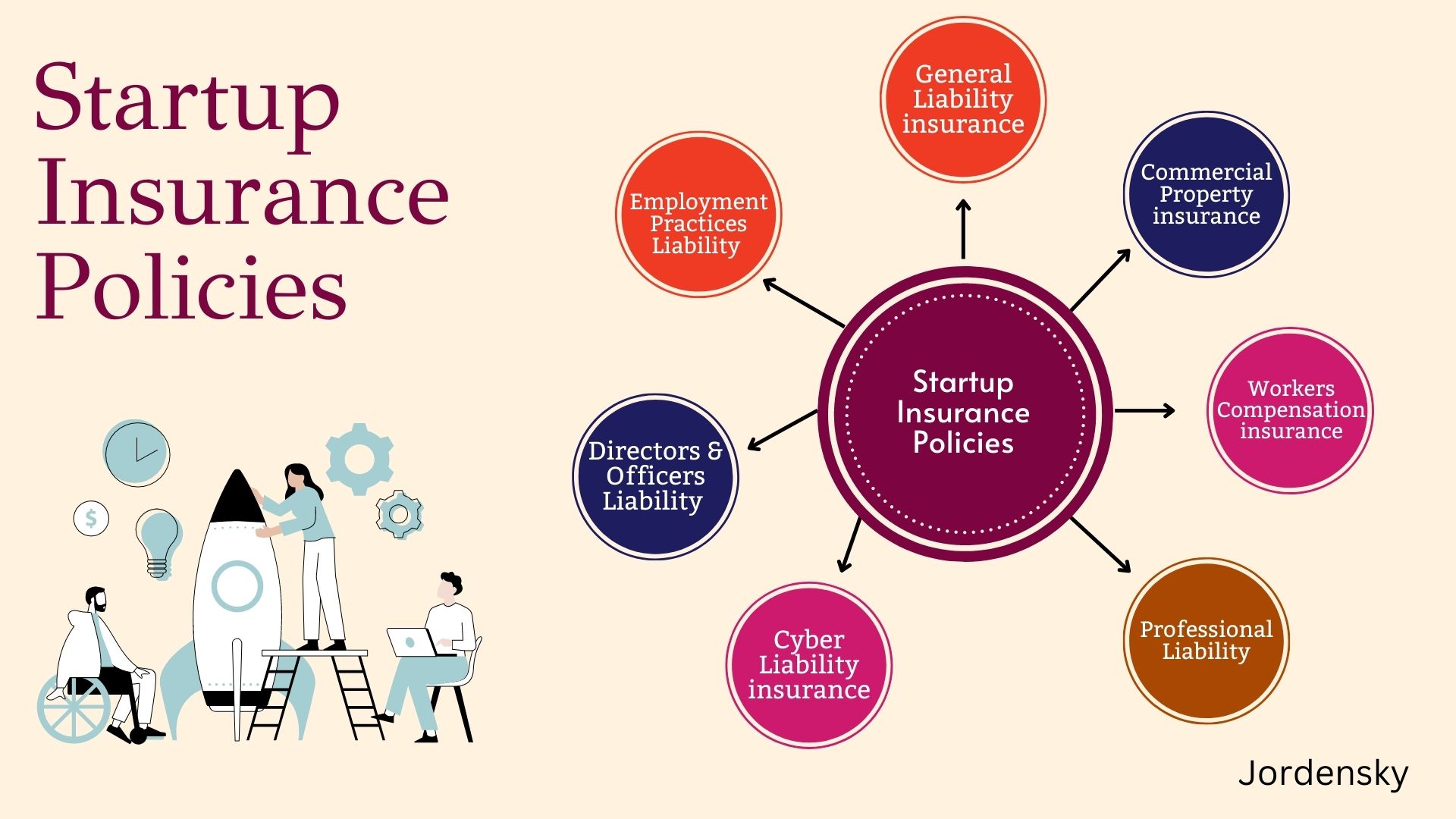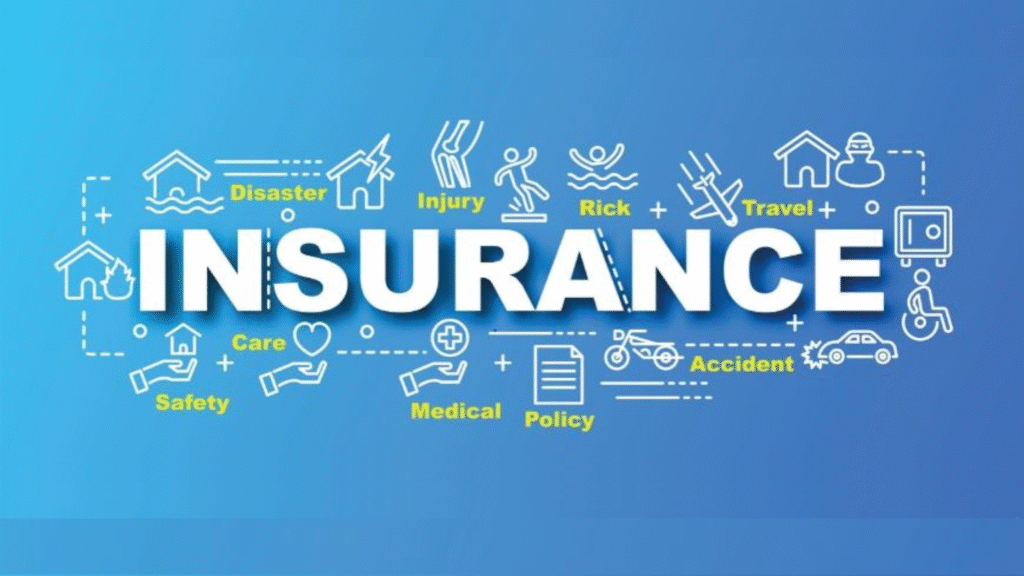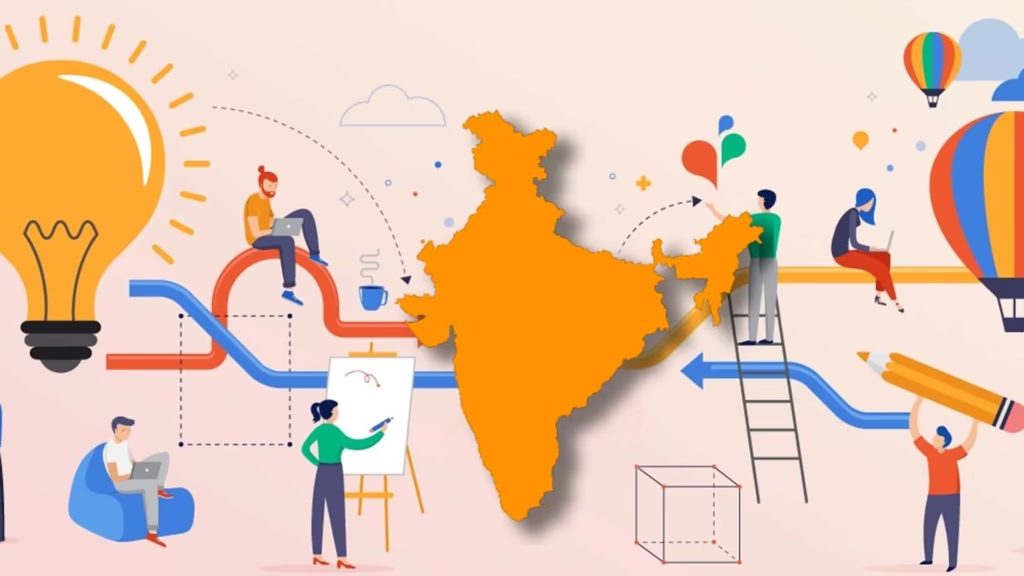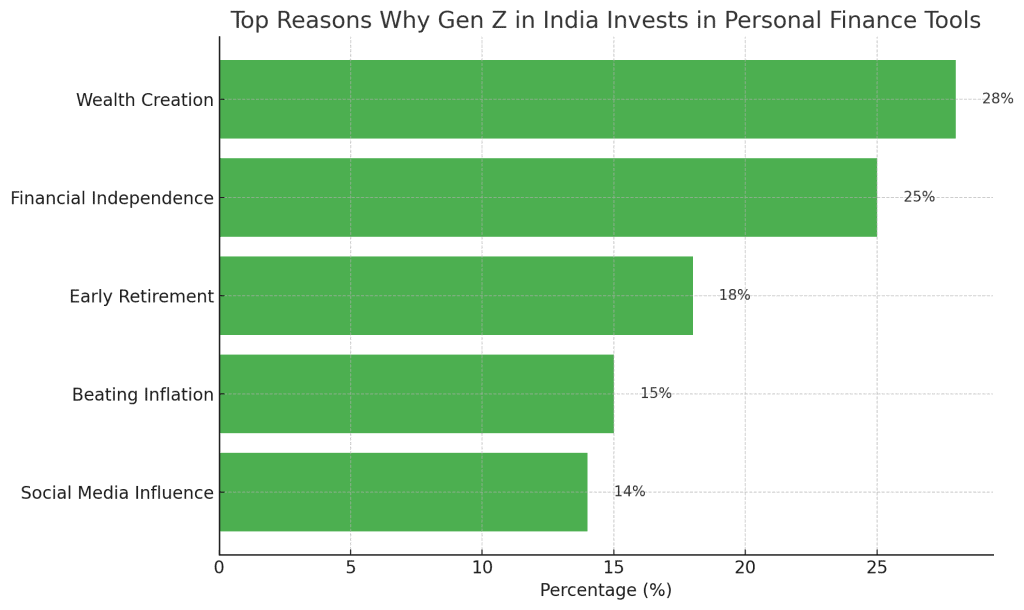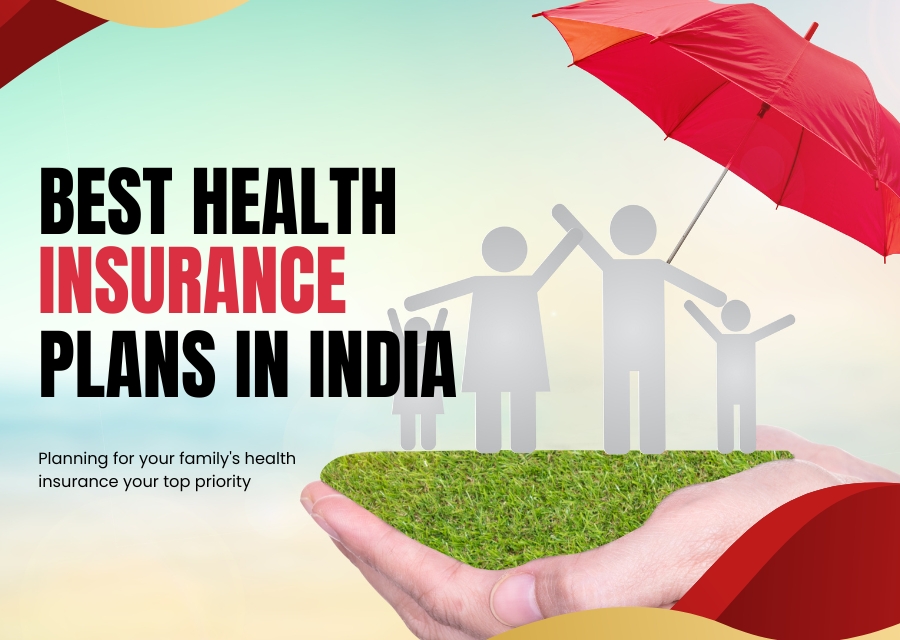The modern Indian household is evolving, and many adults today are part of the Sandwich Generation — individuals supporting both their children and aging parents simultaneously. This dual responsibility brings unique financial challenges. That’s why Sandwich Generation Insurance Planning is crucial to secure your family’s future and ensure financial stability.
By choosing the right policies, you can protect your children’s education, support your parents’ medical needs, and maintain your own financial security.

Who Is the Sandwich Generation?
The Sandwich Generation typically includes adults in their 30s, 40s, or early 50s who are simultaneously raising children and caring for aging parents. They face multiple responsibilities: school fees, college education, home loans, medical bills, and retirement planning. Without proper planning, unexpected expenses can destabilize the entire family.
Insurance acts as a safety net, making Sandwich Generation Insurance Planning not just important but essential.
Why Sandwich Generation Insurance Planning Matters
Balancing financial responsibilities for two generations while preparing for your own future is challenging. Proper insurance planning ensures:
- Protection for dependents if the primary earner passes away
- Coverage for children’s education
- Medical support for aging parents
- Long-term financial security for the policyholder
Key Policies in Sandwich Generation Insurance Planning
1. Term Life Insurance for the Sandwich Generation
Term life insurance provides financial protection for your family if the unexpected occurs. In this, term insurance ensures:
- Children’s education continues uninterrupted
- Parents’ care expenses are covered
- Spouse’s financial stability
Choose a sum assured that is at least 10–15 times your annual income for comprehensive protection.
2. Family Health Insurance
Healthcare expenses for both children and parents can quickly escalate. Comprehensive family health insurance under Sandwich Generation Insurance Planning covers hospitalization, critical illnesses, and day-care procedures for all family members.
For aging parents with pre-existing conditions, a senior citizen health insurance plan is recommended.
3. Critical Illness Insurance
Critical illnesses like cancer, heart disease, and kidney failure can financially burden a household. Including critical illness insurance in your Sandwich Generation Insurance Planning ensures a lump-sum payout to cover treatment costs, recovery expenses, or temporary income loss.
4. Child Education Insurance
Child education insurance policies secure your child’s future education and act as a savings plan. They are a crucial component of Sandwich Generation Insurance Planning, ensuring children’s dreams are protected even if the primary earner faces unforeseen events.
5. Health Insurance for Parents
Aging parents require frequent medical attention, which can be costly. Senior citizen health insurance covers hospitalization, age-related diseases, and regular checkups, forming an essential part of Sandwich Generation Insurance Planning.
6. Retirement & Investment Planning
Planning for your own retirement is equally important. Products like ULIPs (Unit Linked Insurance Plans) and pension plans provide a combination of insurance and investment growth, ensuring long-term financial security for yourself while caring for your family.

Tips for Effective Insurance Planning
- Assess Family Needs: Understand the financial requirements of both your children and parents before choosing policies.
- Start Early: Early planning reduces premium costs and increases coverage benefits.
- Regular Policy Review: Life changes such as career growth, additional children, or health changes may require updates.
- Use Policy Riders: Add riders like accidental death, waiver of premium, or critical illness to enhance protection.
- Go Digital: Platforms like KaroInsure offer paperless policy management, instant quotes, and easy renewals.
Challenges the Sandwich Generation Faces
- Rising medical costs due to inflation
- Funding children’s higher education
- Supporting parents’ healthcare
- Saving for retirement while managing current expenses
- Emotional stress from financial balancing
Insurance planning can significantly reduce these challenges, providing peace of mind.
How KaroInsure Supports the Sandwich Generation
At KaroInsure, we provide expert guidance on Sandwich Generation Insurance Planning, helping Indian families compare and choose the right policies for life, health, and family coverage.
With instant online comparisons, digital policy management, and claim support, you can secure your family’s future without paperwork or delays.
Conclusion
Being part of the Sandwich Generation comes with love, responsibility, and unique financial challenges. Thoughtful Sandwich Generation Insurance Planning ensures children’s education, parents’ medical needs, and your own future remain protected.
With KaroInsure, Indian families can easily compare, understand, and purchase insurance plans that safeguard every generation
